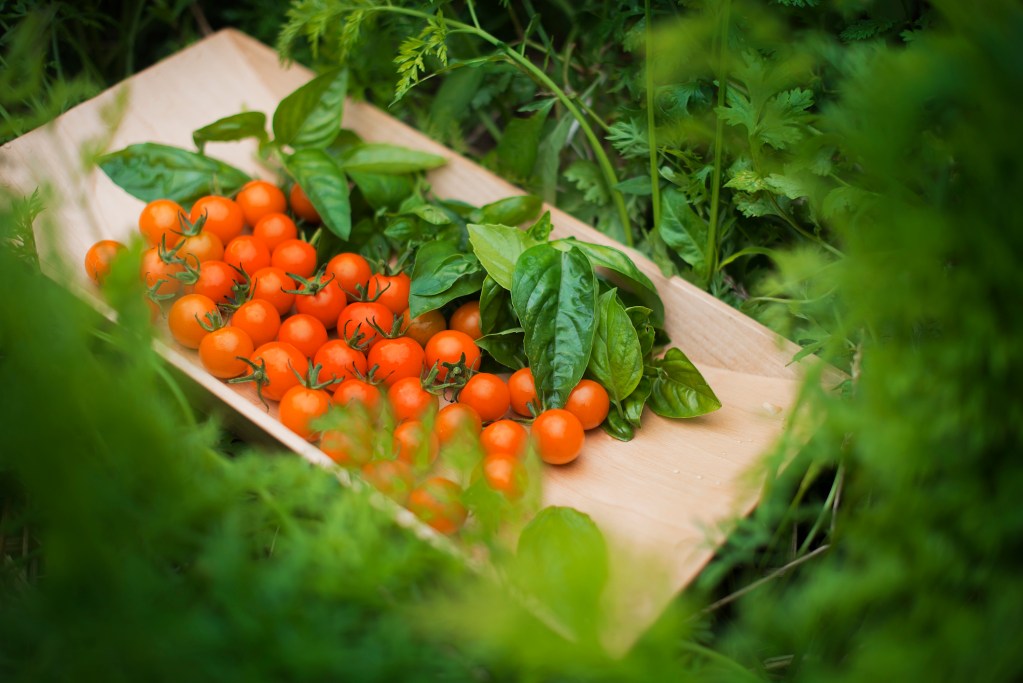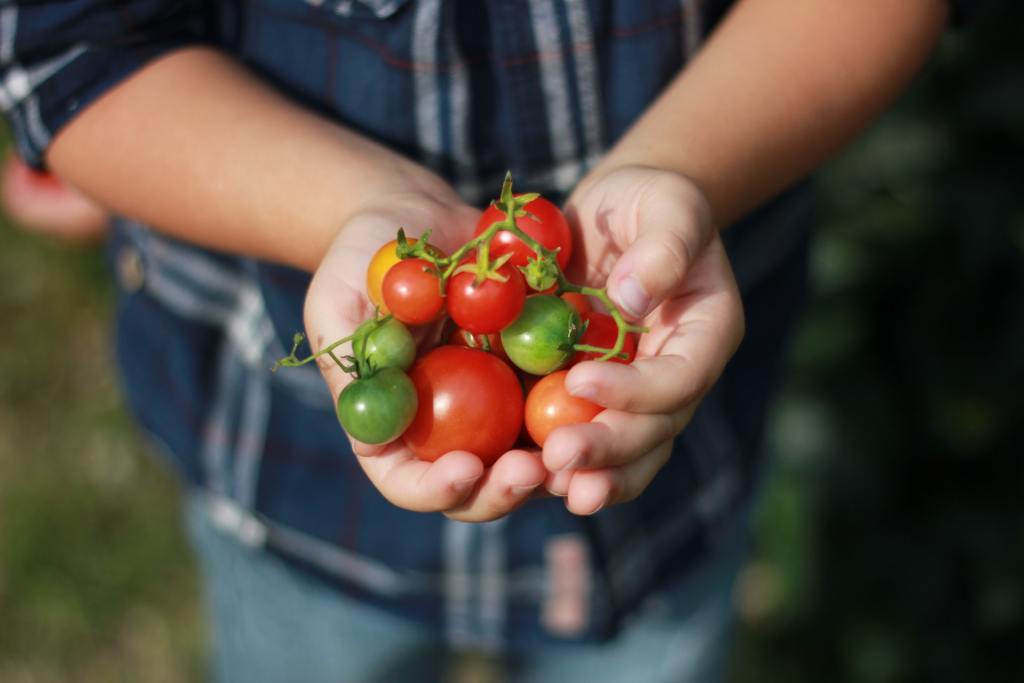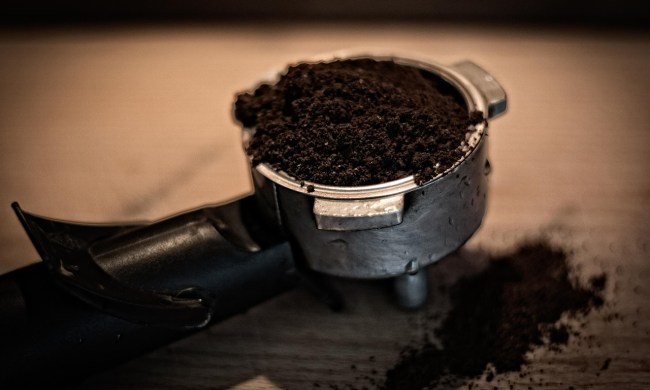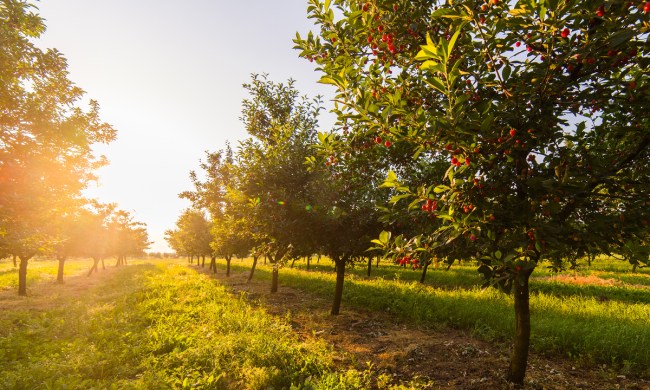There are tons of places across the internet you can go to for great gardening tips, and TikTok is quickly rising through the ranks. While not every video is a winner, we’ve found one we think you’ll love! The TikTok video below from GardeningSimplified explains how to grow tomatoes more easily through the use of companion planting. Not sure what companion planting is or how it works? Don’t worry, we’ve got you covered!
What is companion planting?
Companion planting is simply the technique of planting veggies and other plants near each other. Plants that have similar preferences for things such as water, sun, and soil type typically make good companion plants. Pairings, where one plant provides a benefit to the other, make exceptionally good partners. These benefits could include adding nutrients to the soil, providing shade, or even keeping pests away.

What do these companion plants offer tomatoes?
The most common companion plant for tomatoes is basil. They taste great together, and strong-smelling herbs like basil are reported to keep pests away. Peppers and squash love the same conditions as tomatoes. Peppers are even in the same family as tomatoes (as are potatoes and eggplants).
The lettuce in this grouping serves as a type of living mulch. Lettuce shields the ground, slowing evaporation and helping keep the tomato plant’s roots warm and safe. In return, the tomatoes, peppers, squash, and basil shade the lettuce. As a cold-weather vegetable, lettuce can bolt quickly in warm weather. By growing it in the shade of the other plants, you can keep it from bolting and extend your growing season.

Are there other companion plants for tomatoes?
If you’re not a fan of squash or peppers, you might wonder if you can swap them out for other plants. The good news is you can! Tomatoes grow well with many plants. Here are just a few.
If basil doesn’t appeal to you, try planting borage, marigold, thyme, parsley, or chives. These grow nicely with your tomatoes, repel pests, and they’re delicious (yes, even the marigolds). You can also swap out squash for other cucurbits like cucumbers, zucchini, or small pumpkins. However, you should avoid some of the larger cucurbits like watermelons, as they can crowd your tomato plants.
Many root vegetables make great companion plants for tomatoes as well. You can plant carrots, radishes, and beets around the base of your tomatoes. Their leaves will give the soil many of the same benefits lettuce will, and their nutritional needs complement each other.
One plant family you should avoid planting with tomatoes is brassica. This includes cabbage, kale, and broccoli. They compete for the same nutrients, which leads to stunted growth and sick or weak plants.
Now that you know a little more about tomato companion planting, you’re ready to get out into your garden! Planning your garden with effective companion planting is easy, and the results speak for themselves. You’ll be thrilled when you see your thriving plants and abundant harvest.



